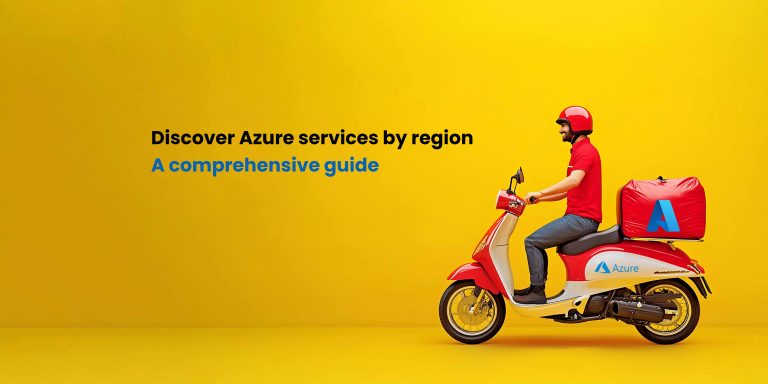In fast-paced technological environment, improving the software development lifecycle (SDLC) is critical for delivering high-quality products effectively. Azure DevOps provides a comprehensive set of tools and services for streamlining the whole process, from planning and development to deployment and monitoring. Here is how Azure DevOps may improve your SDLC.

1. Integrated development environment
Azure DevOps provides a unified platform that integrates various stages of development, enabling seamless collaboration between development, testing and operations teams. With tools like Azure Repos, Azure Boards and Azure Pipelines, teams can work together in a cohesive environment, reducing silos and improving communication.
2. Agile planning and tracking
Azure Boards facilitates agile project management by allowing teams to create user stories, plan sprint and track progress in real-time. This feature enhances visibility and accountability, ensuring that everyone is aligned on project goals and timelines. Teams can adapt quickly to changing requirements and prioritize tasks effectively.
3. Continuous Integration and Continuous Deployment (CI/CD)
With Azure Pipelines, organizations can implement CI/CD practices that automate the build, test, and deployment processes. This automation reduces manual errors, speeds up delivery times and allows for more frequent updates. By ensuring that code changes are automatically tested and deployed, teams can maintain high-quality standards throughout the lifecycle.
4. Comprehensive testing solutions
Azure DevOps supports various testing frameworks and tools, enabling teams to integrate testing early in the development process. Automated testing capabilities help identify issues faster, ensuring that software is reliable and meets quality standards before deployment. This proactive approach to quality assurance minimizes the risk of defects in production.
5. Collaboration and communication tools
Azure DevOps includes features like Azure DevOps Services and Azure DevOps Server, which provide real-time collaboration tools, such as chat and dashboards. These tools facilitate communication between team members, stakeholders and clients, fostering a collaborative culture that enhances productivity and innovation.
6. Scalability and flexibility
Azure DevOps is designed to scale with your organization, whether you’re a small startup or a large enterprise. The platform can accommodate various development methodologies (Agile, Scrum, Kanban) and allows teams to customize workflows to fit their specific needs. This flexibility ensures that organizations can adapt as they grow and evolve.
7. Robust analytics and reporting
Azure DevOps provides built-in analytics and reporting tools that offer insights into project performance, team productivity and quality metrics. These insights enable data-driven decision-making, helping teams identify bottlenecks, track progress and make informed adjustments to improve overall efficiency.
8. Seamless integration with other tools
Azure DevOps integrates effortlessly with a wide range of third-party tools and services, enhancing its functionality. Whether it’s linking to GitHub for version control or using Azure Monitor for performance tracking, these integrations provide teams with the flexibility to build a customized toolchain that suits their specific workflow.
By leveraging Azure DevOps, organizations can significantly improve their software development lifecycle. From enhanced collaboration and agile planning to automated testing and CI/CD practices, Azure DevOps empowers teams to deliver high-quality software faster and more efficiently. Embracing this powerful platform can lead to increased productivity, better communication and ultimately, greater success in meeting business objectives.








